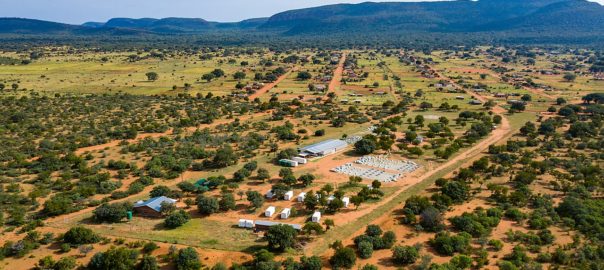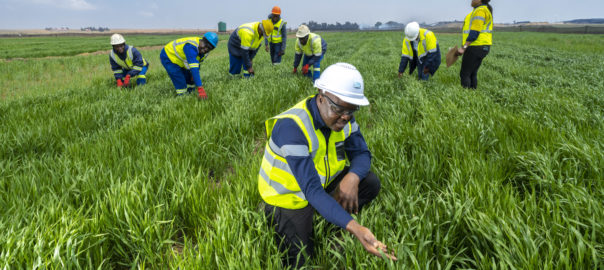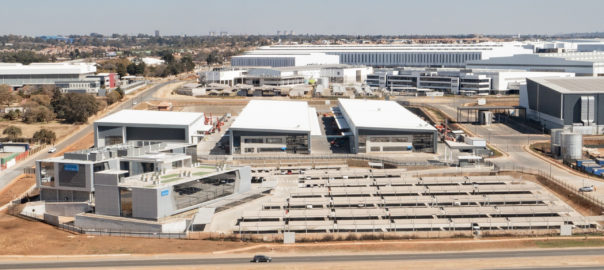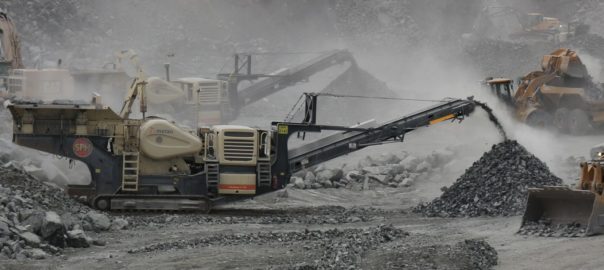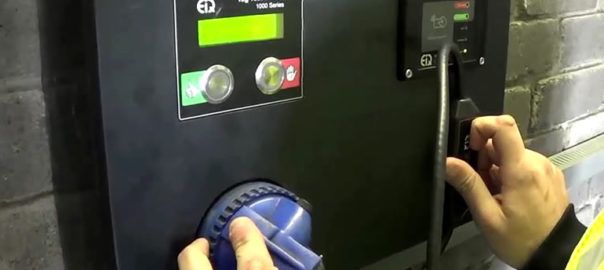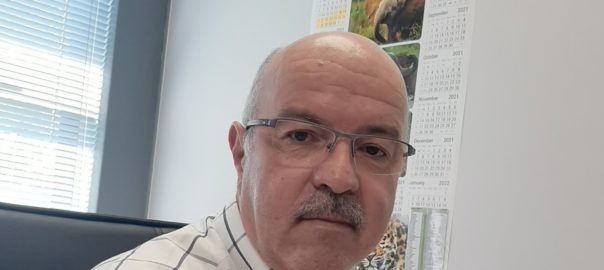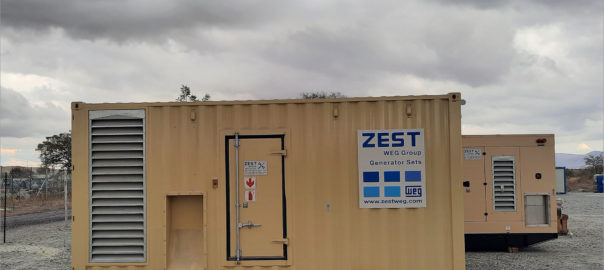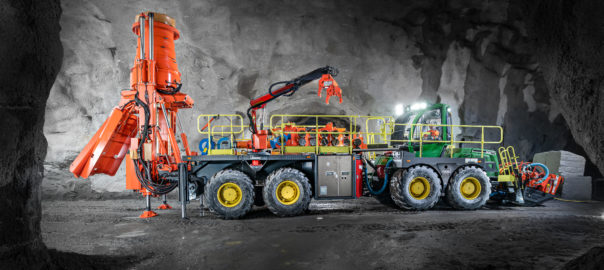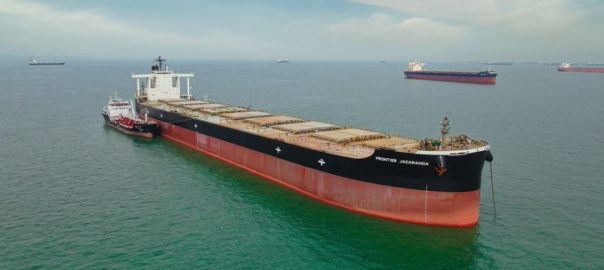Epiroc says its collaboration with Fraser McGill on an impact study of battery-electric vehicles has exceeded expectations, opening up a new frontier in the worldwide underground power revolution.
In 2018, Epiroc launched a new suite of battery-powered products. Following that, the company approached one of the partners in the Waterberg Platinum Group Metals project in South Africa to present the equipment. As a greenfield project, the mine will be able to tailor its planned infrastructure to new equipment technologies, thereby maximising potential benefits. Specialist mining and minerals advisory company, Fraser McGill, was approached to conduct an impact study of battery-electric vehicles and requested help from industry leader Epiroc.
Epiroc’s Mining & Construction publication brought Epiroc’s Don Thompson and Fraser McGill Director, Rob McGill, together to discuss what they found.
Epiroc: How did Fraser McGill come to cooperate with Epiroc on this study?
RM: I’ve been involved with the Waterberg project for many years. I’d been interested in battery-vehicle technologies, specifically to reduce the ventilation and the cooling requirements, but hadn’t had the opportunity to look at battery vehicles in detail. We weren’t looking to partner with one supplier. We were conducting a broad assessment, looking at the impact of battery-electric vehicles on large underground projects – not specifically Epiroc’s equipment. But Epiroc was the furthest ahead in the game, and still is. With the relationship we had with Epiroc, it was a natural fit.

Epiroc: What practical steps did your collaboration entail?
DT: Epiroc introduced our first-generation battery-electric fleet in Canada in 2016. We launched the next generation in 2018, with better battery and motor technology. By then we had clocked up more than 100,000 hours, so we had good data, based on actual machines running in production environments. For this study, we provided the technical comparison of diesel versus battery electric, and the benefits thereof, because we can supply the diesel equivalent of a battery-electric machine. We could provide a comparison of heat generation – with ventilation, there’s a significant reduction of what is required. We could also provide the emissions. That was provided to Rob and his team.
RM: Diesel vehicles have been around a long time. There is a lot of data from operations, in terms of how they perform, costs, maintenance schedules and replacement schedules. With the electric vehicles being newer, we had to rely on Epiroc to make a lot of theoretical data available related to the design, and data they’ve been gathering since they rolled out their first generation and the next-generation machines. We conducted the study, but relied on Epiroc to provide us with input and insights, and technical and costing information that allowed us to do an assessment. The comparison goes far beyond comparing two vehicle technologies. The battery vehicle certainly is more efficient and, over time, cheaper. But a lot of the benefits relate to the environment that they operate in – to improvements in health, safety and productivity of workers.
Epiroc: How did your collaboration help identify mine infrastructure and design modifications needed?
DT: We provided the specifications on the chargers required. We provided a number of scenarios and battery selections, and different layouts of charging stations. Fraser McGill would recommend where the client should put the charging station and we could recommend the capacity of the chargers, based on the size and number of vehicles.
RM: A crucial opportunity in a greenfield project is that it allows you to consider how an underground mine would be designed differently if you started with a battery-electric vehicle in mind.
DT: The technical data Epiroc provided would be applicable to greenfield and brownfield operations, but it’s much more suited to a greenfield operation because you can adjust the mine layout. The mine would consider redesigning the tunnel layout to see where we can enhance the regeneration of batteries because it reduces the cost.
RM: An example is the hauling model. If we predominantly hauled rock on the incline versus the decline, we would significantly increase our battery operating cost. It’s something we can quantify already, but it requires that redesign.
Epiroc: What made your collaboration a success, and what have you learned from it?
DT: Interest from the client was probably the main driver. They realised that, with a greenfield project, it made sense to do a trade-off study. But I don’t think we could have done this alone. We don’t have the resources, here or in Sweden, when it comes to the full package calculation – be it ventilation, the mining layout, or contacts with the different clients.

RM: Any collaboration is successful if you’ve got the same vision. We must ensure we provide decision-making tools that are well informed, so we need to speak to people who really know what they’re talking about. Then we can comfortably go to our mining customers and say: this is really the way to go. I’m very impressed with what Epiroc has done in this regard.
Epiroc: How was the study received?
RM: Since completing this study and circulating some of the outcomes, we’ve had interest in Canada, in Australia and from several customers in South Africa who we are talking to about doing similar studies. The technologies are so attractive, and customers are asking: Where do I start? How do I roll it out? What’s the state of the technology?
Epiroc: Do you foresee future collaboration?
RM: Absolutely. It’s been a good experience, and we rely on working with experts. We are thrilled to have worked with a technology leader like Epiroc.
DT: Another client has shown an interest in battery-electric technology for a new mine they are developing. They want to do a comparative study, and we hope to collaborate with Fraser McGill on this, too.
This interview is an edited version of a piece that first appeared here







